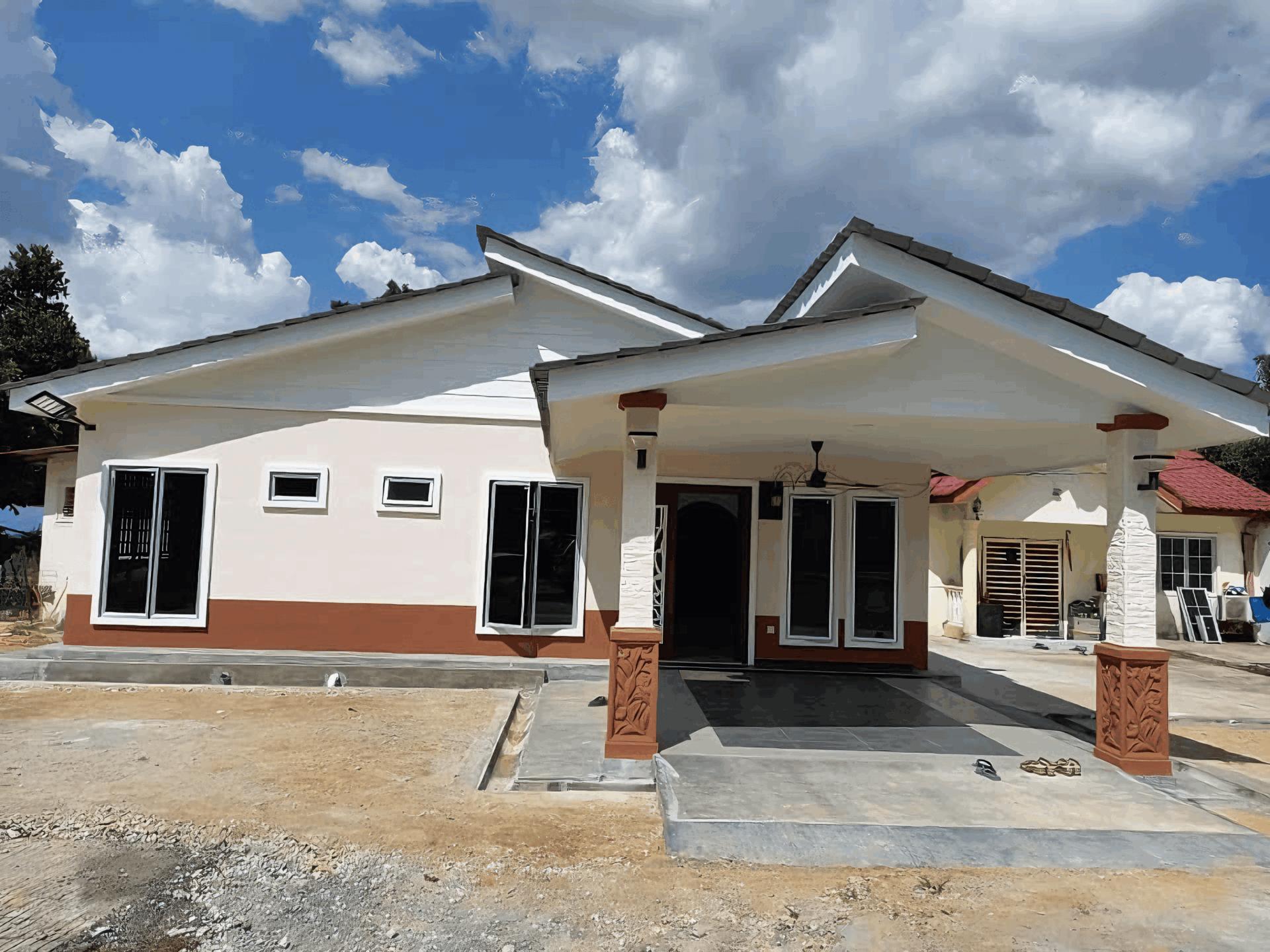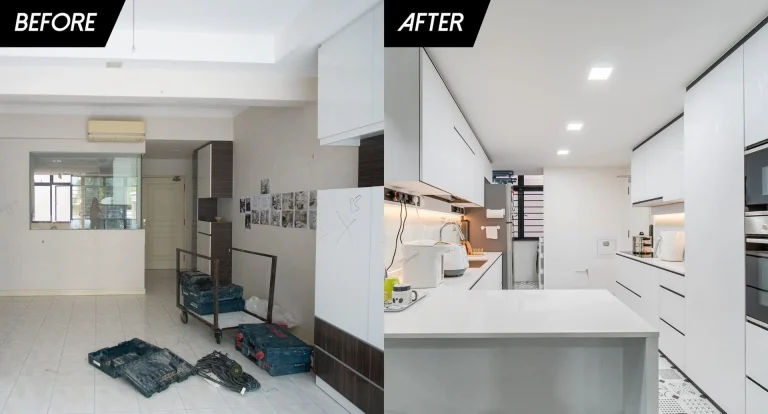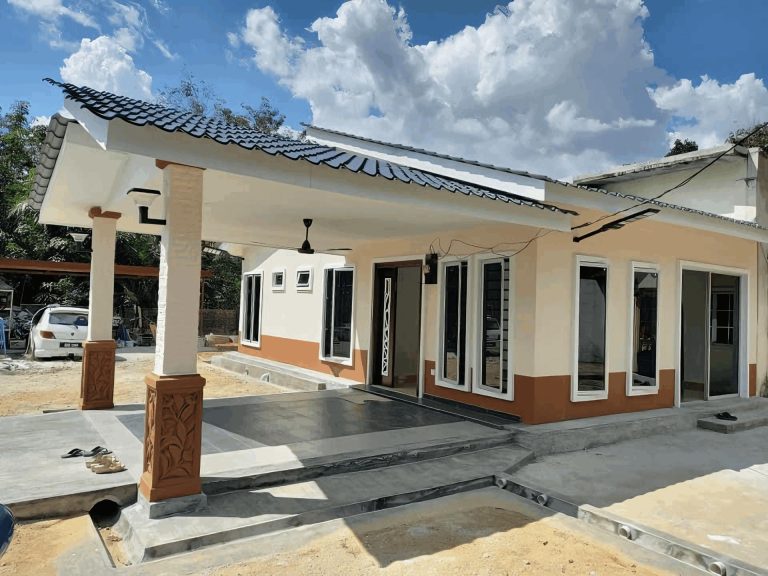In the bustling world of construction, cash flow can often feel like the lifeblood of a project. Imagine you’re a contractor juggling timelines, labor, and materials, yet all the while you’re watching your bank balance like a hawk. One moment you’re riding high on progress, and the next, you’re staring down the barrel of a cash crunch. What can tip the scales? Enter payment schedules. They might sound dry, but trust us—they’re critical. This article dives into how these schedules can either be your best friend or your worst enemy when it comes to maintaining a healthy cash flow in your construction projects. Whether you’re a seasoned pro or just starting out, getting a grip on payment schedules could be the secret weapon that keeps your financial wheels turning smoothly. So, let’s dig in and see how to navigate these essential tools wisely!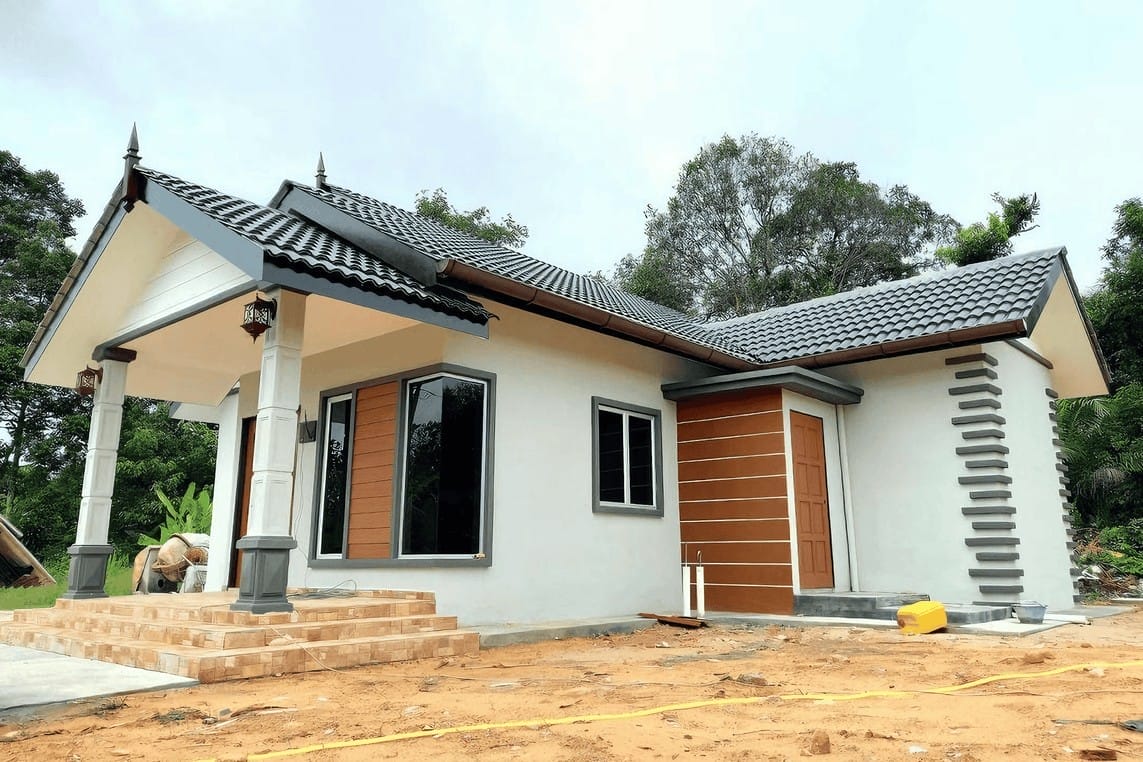
Understanding Construction Cash Flow Dynamics
In the vibrant world of construction, managing cash flow is as crucial as laying a solid foundation. Understanding how payment schedules interact with project timelines can significantly influence financial stability. When cash flow is steady and predictable, construction projects can run smoothly. However, if the payment schedule is misaligned, it might lead to serious hiccups, delaying progress and causing financial strain.
To grasp this better, let’s look at some essential elements that play a role in shaping cash flow:
• Payment terms: Clear terms help set expectations between all parties.
• Milestone payments: Tying payments to specific project milestones can provide regular income streams.
• Retentions: Holding back a percentage of payment until completion can ensure quality but may squeeze cash flow in the interim.
Moreover, various unforeseen factors can impact cash flow dynamics. For instance, consider the effects of delays in permits and approvals, or unexpected changes in project scope. Here’s a simple table summarizing how these factors can affect cash flow:
| Factor | Impact on Cash Flow |
|---|---|
| Delays in Permits | Holds up projects, delaying payments |
| Change Orders | May require additional upfront costs |
| Supplier Payment Terms | Late payments can strain relationship with suppliers |
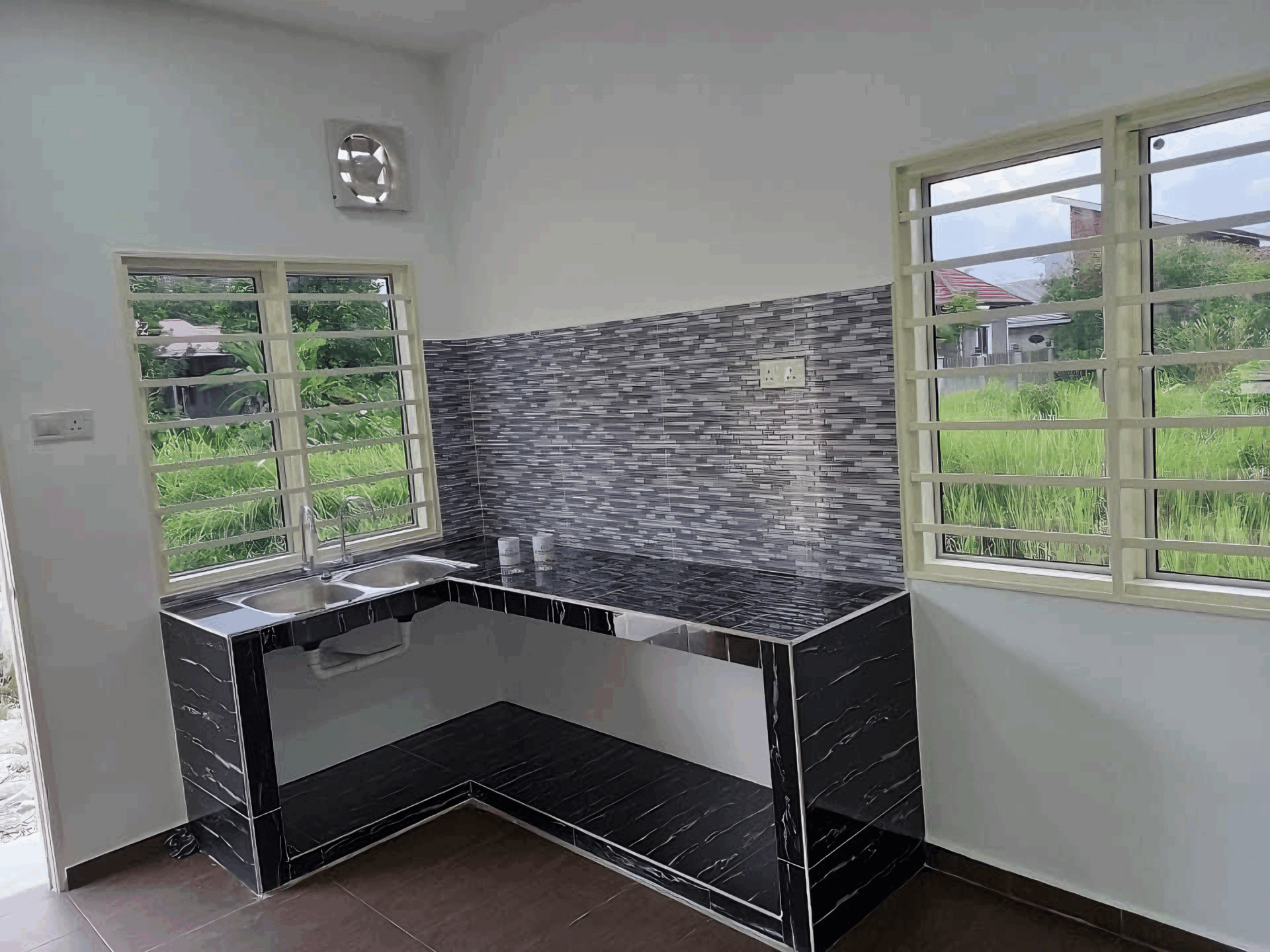
The Role of Payment Schedules in Project Management
Payment schedules act as the backbone of cash flow in construction projects, serving as a detailed roadmap that dictates when payments are due and how much is to be paid at each stage. They establish a predictable flow of income, ensuring that contractors and subcontractors have a clear understanding of their financial expectations throughout the project lifecycle. This clarity can significantly reduce financial strain, helping teams stay focused on their tasks without the nagging concern of uncertain cash flow.
Incorporating effective payment schedules contributes to better planning and project efficiency. By outlining specific milestones for payment—such as completion of foundational work, installation of structural components, or when a project phase is signed off—builders can align their resource allocation and workforce management effectively. This not only optimizes time but also helps in avoiding expensive delays caused by waiting for payments. Here are a few key advantages:
- Transparency: Everyone knows what to expect, minimizing disputes.
- Risk Management: Helps mitigate risks associated with project overruns.
- Cash Flow Management: Ensures steady inflows, making it easier to meet ongoing expenses.
When setting up a payment schedule, it’s crucial to consider various factors that may affect both parties. Factors like project size, duration, and specific milestones should be taken into account. A simple, well-structured payment schedule should aim to balance the cash needs of contractors with the timelines of construction delivery. Below is a sample breakdown that illustrates how payments might be structured:
| Milestone | Payment Percentage | Payment Amount (MYR) |
|---|---|---|
| Project Kick-off | 10% | 10,000 |
| Foundation Completion | 30% | 30,000 |
| Roof Structure Finished | 30% | 30,000 |
| Final Inspection/Closeout | 30% | 30,000 |
a well-planned payment schedule is essential for sustaining construction cash flow and fostering a cooperative relationship between clients and contractors. By recognizing the importance of these schedules and adhering to them, stakeholders can enhance stability and ensure the successful completion of projects—standing the test of time in Malaysia’s bustling construction landscape.

Identifying Key Milestones for Effective Cash Flow
In the construction industry, pinpointing significant milestones is crucial for maintaining a steady cash flow. By establishing clear payment schedules linked to specific project milestones, contractors can ensure a smoother financial trajectory. Think about it: each phase of a project, whether it’s the completion of foundational work or the installation of roofing, marks an opportunity for progress payments, directly influencing cash inflow.
These milestones can be categorized into different types, allowing for more tailored payment strategies. Consider the following key categories:
- Completion of Design and Permitting: Payment upon submission of completed designs or obtaining required permits.
- Site Preparation: Financial disbursement when earthworks and site clearing are finalized.
- Structural Framework: Release of funds upon erecting the primary structural components.
- Finishing Works: Payment for interior works like drywall installation and painting.
For each milestone, establishing clear criteria for payment and aligning them with project timelines is essential. It’s helpful to use a simple table to keep track of these milestones and their associated payment schedules:
| Milestone | Payment Amount | Expected Completion Date |
|---|---|---|
| Design Approval | 20% of total | Month 1 |
| Site Preparation | 30% of total | Month 2 |
| Structural Completion | 30% of total | Month 4 |
| Final Inspection | 20% of total | Month 5 |
By visualizing these milestones and their corresponding payments, contractors can better predict their cash flow and make informed decisions throughout the project lifecycle. This proactive approach not only enhances financial planning but also builds trust with stakeholders as they see timely progress and agree upon fair compensation for completed work.

Developing Transparent Payment Terms with Clients
Establishing clear payment terms can keep misunderstandings at bay and foster a positive relationship with your clients. When you lay down the ground rules upfront, both parties know what to expect. Consider including elements like:
- Payment Schedule: Specify when payments are due, be it weekly, bi-weekly, or per milestone.
- Late Payment Penalties: Define consequences for late payments to encourage timely transactions.
- Retainage Agreements: Clarify how much retainage will be held and the conditions for its release.
Being transparent about these details not only promotes trust but also allows for smoother cash flow management. A well-structured payment plan can act as a safety net for your finances, making it easier to allocate funds to ongoing projects and worker wages. Below is a simple layout for a payment schedule to consider:
| Milestone | Payment Due |
|---|---|
| Initial Deposit | 20% upon contract signing |
| Mid-Project Review | 30% upon completion of key stages |
| Final Completion | 50% upon project handover |
Make sure to discuss these terms during the initial meetings to ensure everyone is on the same page. It’ll help you forecast your cash flow needs and gives your clients a solid understanding of the project’s financial framework. Conclusively, transparent payment terms not only pave the way for successful project delivery but also turn your construction business into a reputable name in the market.

Negotiating Payment Schedules Based on Project Needs
When it comes to construction projects, understanding that each job has its unique characteristics is crucial. Flexibility in payment schedules can go a long way in addressing specific project needs. For instance, if a client anticipates certain phases of construction to take longer, it might make sense to negotiate milestone payments that align with these timelines. This ensures that funds are available when the project requires them most, providing a steady cash flow while also maintaining trust between contractors and clients.
Moreover, consider implementing a pay-when-paid arrangement, especially for subcontractors. This method allows payments to be made based on the timing of payments received from clients. It not only protects your financial health but also reinforced the importance of communication and transparency within your project teams. When everyone understands the flow of finances, it reduces stress and promotes a cooperative atmosphere. Here are some considerations to keep in mind:
- Risk Management: A flexible payment schedule allows you to manage risks better related to delays or unforeseen complications.
- Cash Flow Stability: Timely payments enable contractors to replenish materials and resources without interruption.
- Strengthening Relationships: Good communication regarding payment schedules helps in building stronger client and contractor relationships.
An effective way to visualize payment progress is through a simple table that outlines project phases alongside payment milestones:
| Project Phase | Completion Percentage | Payment Released |
|---|---|---|
| Groundwork | 30% | RM 30,000 |
| Framing | 60% | RM 50,000 |
| Finishing Touches | 90% | RM 20,000 |
| Project Completion | 100% | RM 10,000 |
Adopting tailored payment schedules not only enhances efficient cash flow management but also reassures clients and stakeholders that their investments are secure as the project progresses. By keeping these factors in mind, contractors can create a robust financial framework that supports project success.

The Impact of Delayed Payments on Financial Health
The construction industry often dances on the tightrope of cash flow, with payment schedules playing a crucial role in maintaining financial balance. When payments are delayed, it creates ripples that can expand far beyond just your bank account. Contractors and subcontractors may find themselves unable to cover essential costs such as materials, labor, and overhead expenses. This situation can lead to a cascading effect, where project timelines are pushed back, contractual obligations are compromised, and reputations are put on the line.
Moreover, the impact of delayed payments can stretch into the long-term financial health of a business. As cash flow issues mount, companies may resort to taking short-term loans or dipping into reserves, which can set off a chain reaction of increased debt and rising interest rates. This reliance on external funding can create a precarious financial environment where a business’s viability is constantly in question. Here are some common repercussions of delayed payments:
- Increased operational costs: Rising expenses due to last-minute sourcing or expedited shipping.
- Strain on supplier relationships: Tension with suppliers who expect timely payments.
- Difficulty in project planning: Uncertainty makes future project scheduling more complex.
To visualize the costs associated with payment delays, consider a simple breakdown of potential losses over a couple of months:
| Month | Expected Payment (RM) | Delay Duration (Days) | Potential Loss (RM) |
|---|---|---|---|
| 1 | 20,000 | 30 | 5,000 |
| 2 | 25,000 | 45 | 8,000 |
| 3 | 30,000 | 60 | 12,000 |
This simple table illustrates how quickly delays can escalate into significant financial losses over time. It’s essential for businesses to recognize the importance of consistent cash flow and to negotiate payment terms that ensure timely payments, thereby safeguarding their financial future.
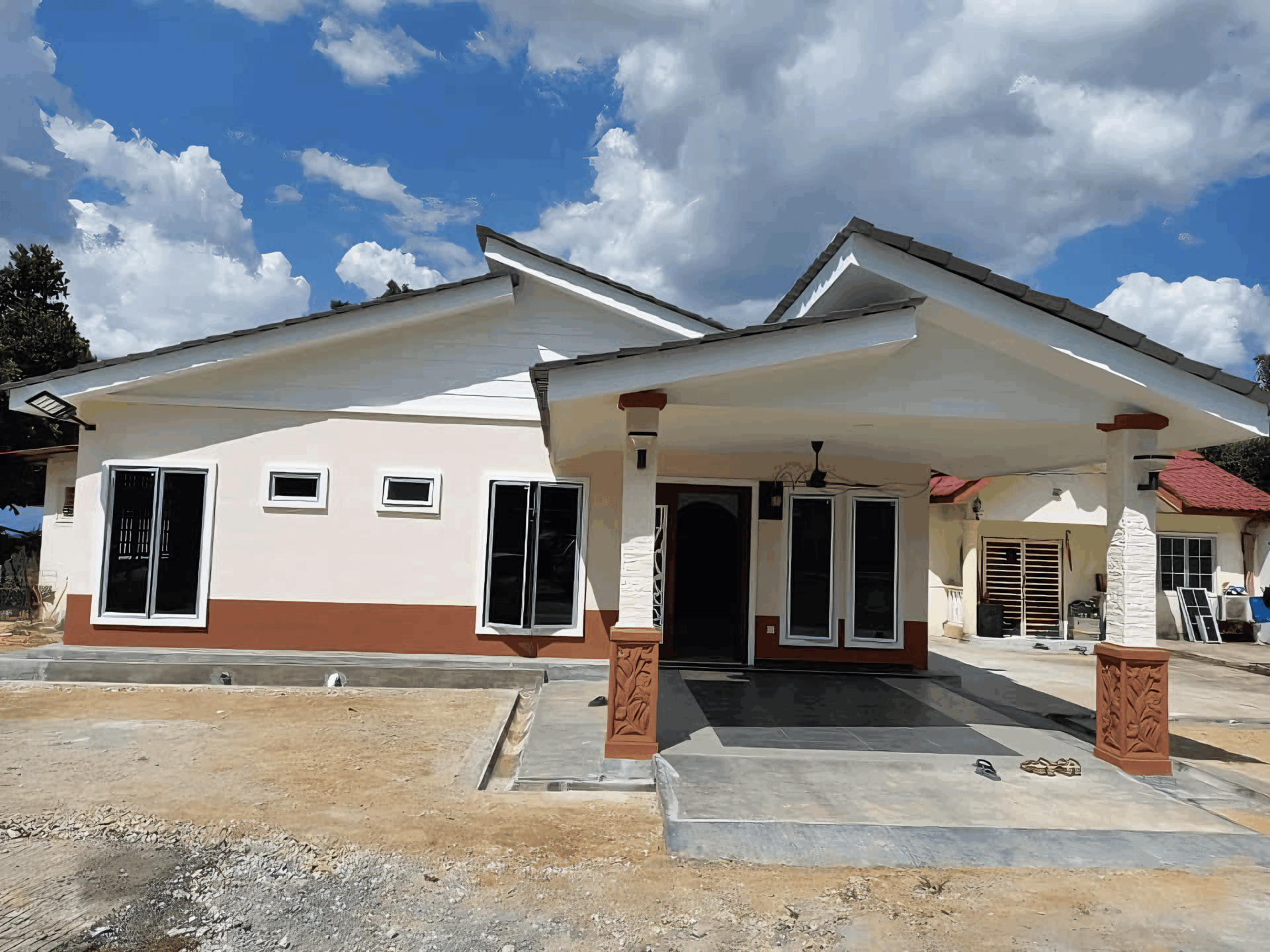
Best Practices for Monitoring and Adjusting Cash Flow
Monitoring cash flow is more than just tracking money in and out; it’s about understanding your financial pulse. Regularly review your cash flow statements weekly or monthly to identify patterns and potential shortfalls. Keep an eye on receivables and payables to ensure you’re not just scrambling to cover expenses. Utilizing a simple cash flow forecast tool can help visualize when cash injections or withdrawals will occur, letting you plan ahead effectively. Here’s what to keep in mind:
- Track Your Incoming Payments: Know when payments are expected and follow up diligently.
- Evaluate Your Expenses: Distinguish between essential and optional expenses to adjust your spending.
- Forecast Future Cash Flow: Use historical data to predict potential future financial situations.
Adjusting cash flow isn’t a one-size-fits-all solution; it requires flexibility and foresight. When you notice a potential cash pinch, consider alternatives to manage your expenses. Engaging in negotiations with subcontractors and suppliers for better payment terms can free up much-needed cash. Additionally, don’t hesitate to explore financing options like short-term loans or overdrafts if they can help bridge temporary gaps. Here are some strategies to consider:
| Strategy | Benefits |
|---|---|
| Negotiate Payment Terms | Improves cash flow timing. |
| Implement Cost Control Measures | Reduces unnecessary spending. |
| Utilize Technology for Invoicing | Speeds up cash collection. |
Communication is key when it comes to ensuring a healthy cash flow. Keep an open line with clients about their payment schedules and inform them of any changes in your project timeline that might affect billing. A simple phone call or email can often mitigate confusion and encourage timely payments. Remember, fostering strong relationships not only aids in smoother cash flow management but also builds trust for future projects. In essence, a proactive approach to managing cash flow will keep your construction business thriving in the long run.

Leveraging Technology to Streamline Payment Processes
In today’s fast-paced construction industry, embracing digital solutions offers immense potential to simplify payment processes. By adopting cloud-based platforms, companies can ensure that all invoicing and billing information is accessible in real-time, minimizing discrepancies and disputes. This not only boosts transparency but also facilitates quicker approvals and processing times. Imagine uploading relevant documents from the job site directly onto the platform while clients can review and approve them from their devices, speeding up the entire cash flow cycle.
Integrating automation into payment schedules further enhances operational efficiency. Tools that automatically calculate payment milestones and send reminders can drastically reduce human error. This means less time spent on manual data entry and more focus on actual project management. With features like automatic payment updates and tracking dashboards, construction firms can always stay informed of their financial standing. All stakeholders can quickly assess when payments are due, ensuring that no one is left in the dark.
Furthermore, utilizing mobile payment solutions helps adapt to the evolving landscape of construction finance. Instead of waiting for checks in the mail, integrating options like e-wallets or direct bank transfers can ensure immediate cash flow. This is particularly beneficial for subcontractors who often rely heavily on timely payments to keep their operations running smoothly. The more options available, the easier it is to meet diverse payer preferences. Businesses looking to optimize their payment processes should not overlook the impact of adopting forward-thinking tech solutions that streamline these essential transactions.
Key Takeaways
As we wrap up our discussion on payment schedules and their crucial role in construction cash flow, it’s clear that getting this right can really set your projects up for success. Just think about it—having a solid payment plan can mean the difference between a smoothly running site and a chaotic one.
Whether you’re a contractor, a subcontractor, or even a project manager, knowing when to expect your funds can help you manage expenses, pay your workers on time, and keep your projects moving forward without a hitch. And in Malaysia’s bustling construction landscape, every ringgit counts!
So, as you gear up for your next project, take a moment to assess your payment schedules. Make sure they’re not just a box to tick but a strategic tool that keeps your cash flow steady. After all, the smoother the cash flow, the smoother the project, right? Let’s keep building our dreams—not just high rises, but also a strong financial foundation. Happy building!





